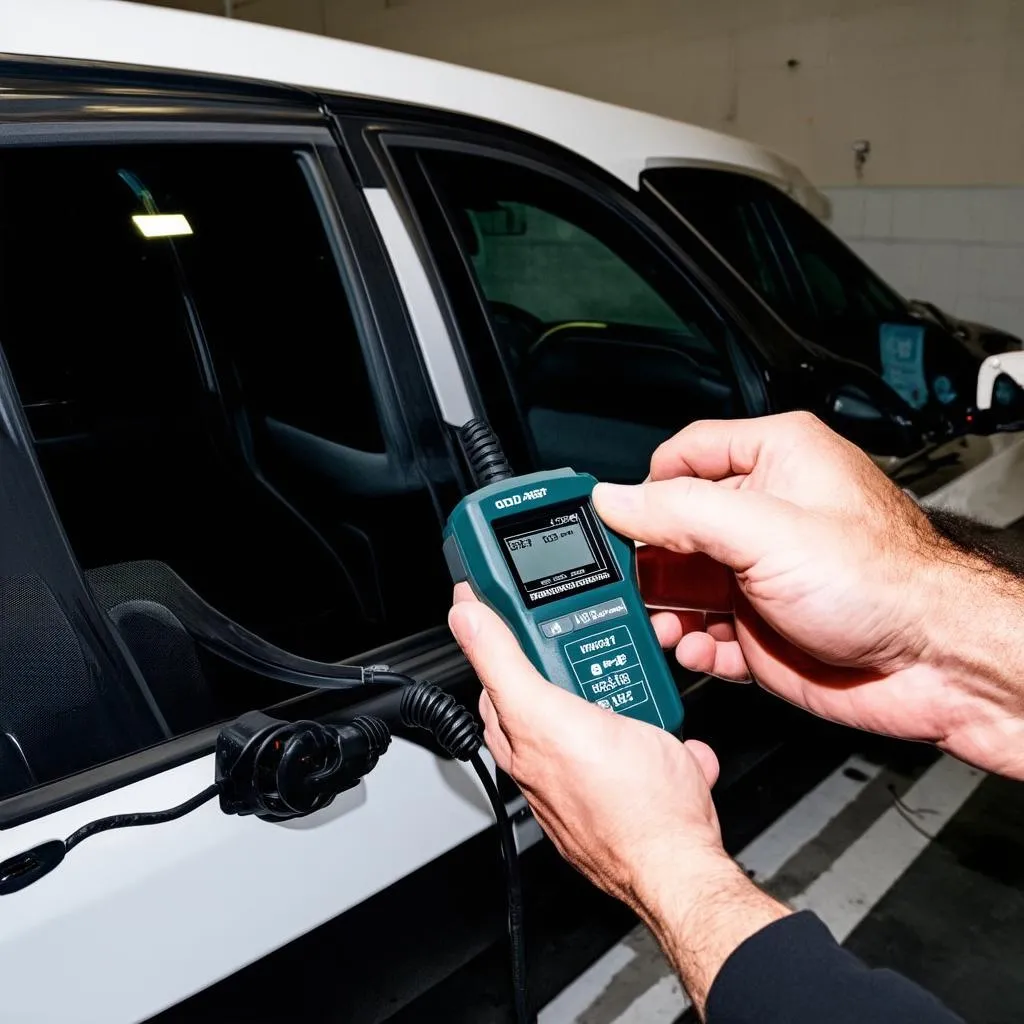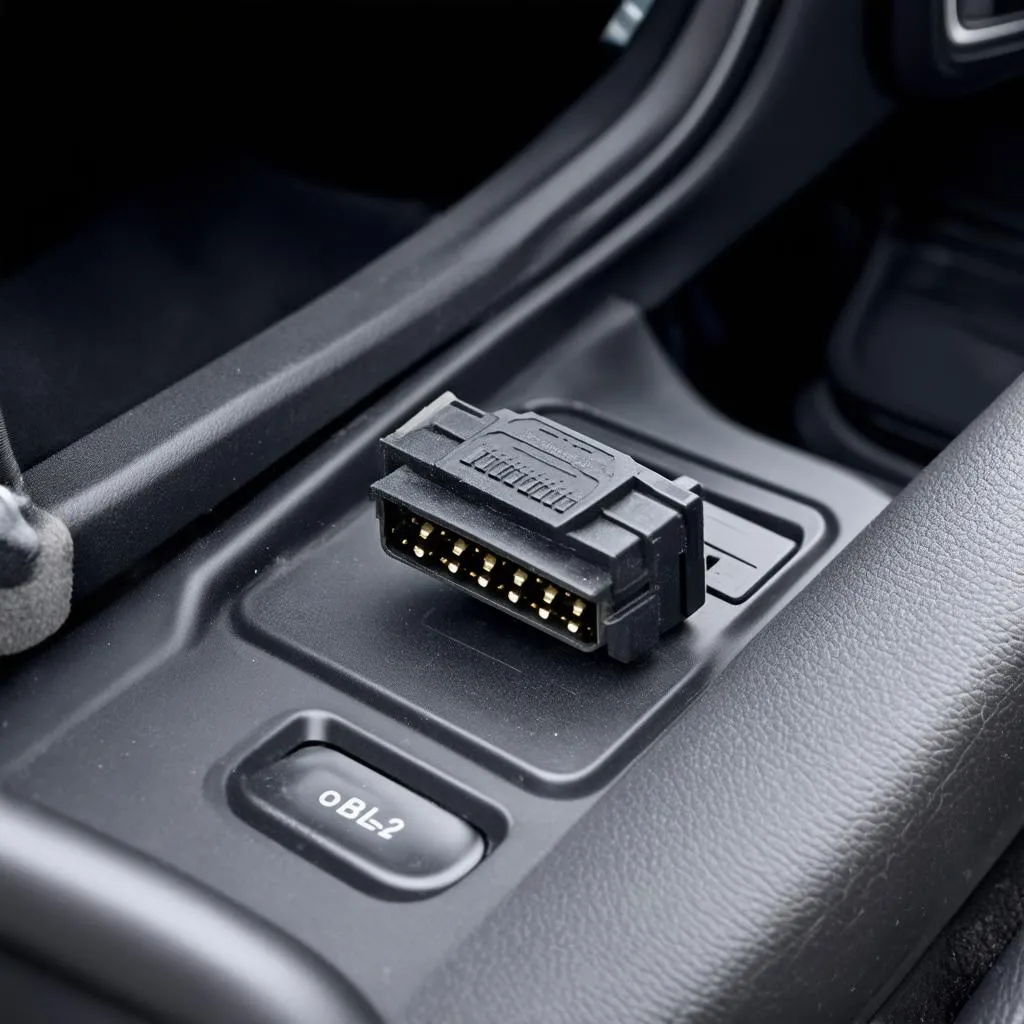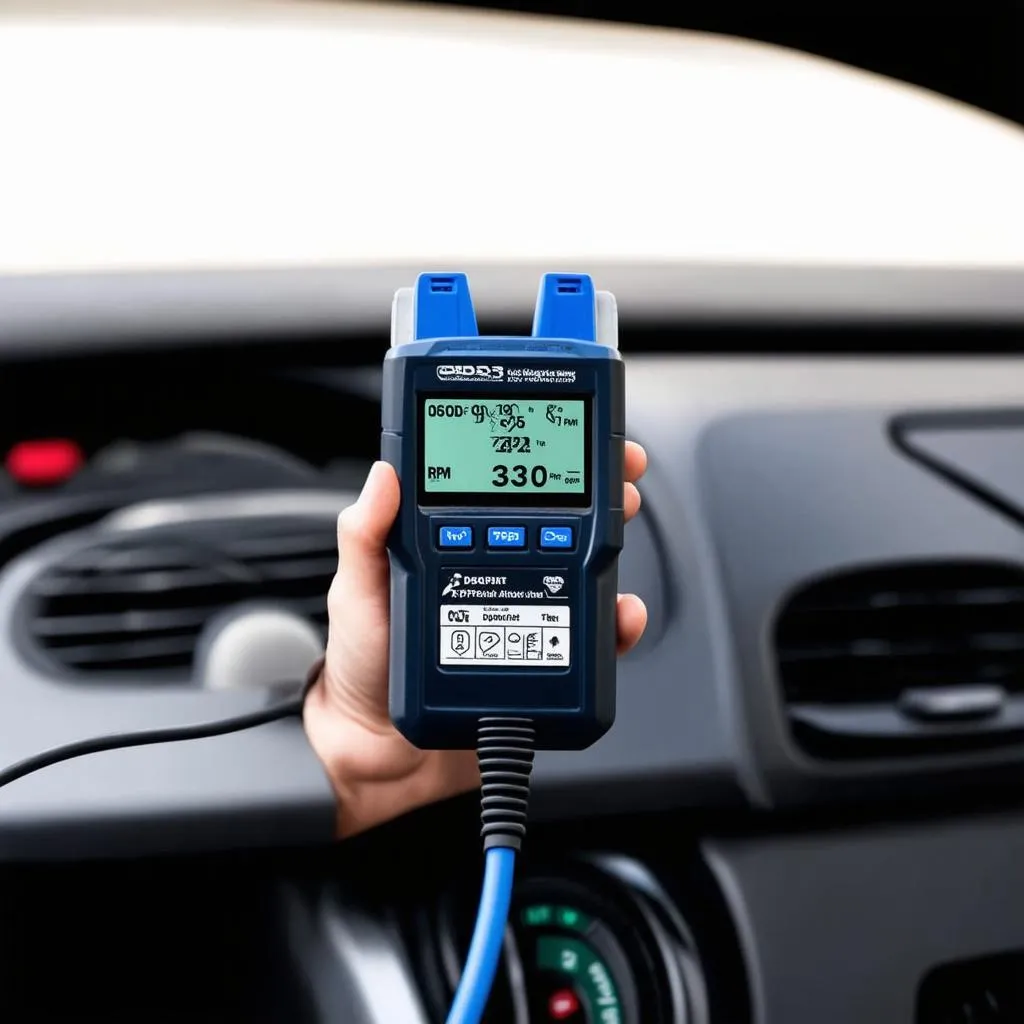Have you ever wondered why your mechanic needs a special tool to connect to your car’s computer? It’s all thanks to the OBD system! OBD stands for On-Board Diagnostics, and it’s like a secret language that allows your car to talk to your mechanic. But there’s a twist! There are two main versions of this language: OBD and OBD2. Let’s dive in and discover what makes these two systems different and why understanding the difference is crucial.
Understanding the Significance of OBD and OBD2
Think about it this way, your car’s computer is a complex system that monitors hundreds of different components, from the engine to the transmission, and everything in between. Just like how a doctor uses a stethoscope to listen to your heart, a mechanic needs a special tool to “listen” to your car’s computer. This is where OBD comes into play.
But just like any language, the way cars communicate with mechanics has evolved over time. The first version, OBD, was introduced in the 1980s, while OBD2 came later in the 1990s. Both OBD and OBD2 are essential for understanding your car’s health and performance, but they differ in key aspects.
Deciphering the Key Differences Between OBD and OBD2
1. Standardization and Compatibility
OBD2 is the most significant development in automotive diagnostics history. Unlike its predecessor, OBD2 is a standardized system, meaning all vehicles manufactured after 1996 in the United States are equipped with a standard OBD2 connector. This connector is universally recognized by different diagnostic tools, making it easier for mechanics to work on various cars. OBD, on the other hand, lacked this standardization, with car manufacturers using different connectors and protocols, making it challenging to diagnose vehicles.
2. Data Access and Information
OBD2 provides a wealth of information compared to OBD. It offers access to more data points, including engine parameters, emissions levels, and fault codes. This allows mechanics to diagnose problems more accurately and efficiently. OBD, on the other hand, provided limited data access, making it less effective for diagnosing complex issues.
3. Emission Standards and Regulations
OBD2 was introduced to comply with stricter emission standards, aiming to reduce air pollution. The system monitors the emissions levels and reports any issues to the driver through warning lights. OBD, however, had less stringent emission requirements, which led to higher emissions.
4. Diagnostic Tool Compatibility
As mentioned earlier, OBD2’s standardization made it compatible with various diagnostic tools, including handheld scanners, software applications, and even smartphone apps. OBD, however, required manufacturer-specific tools, which were expensive and limited in availability.
Diving Deeper: OBD2 vs. OBD
Example: Imagine you’re driving your 1998 Honda Civic and notice a strange noise coming from your engine. You take it to a mechanic, and they use a diagnostic tool to communicate with the car’s computer. Because your Civic is equipped with OBD2, the mechanic can easily connect the tool and access valuable information about your engine’s performance, identify the cause of the noise, and recommend necessary repairs.
Now, imagine you own a 1987 Ford Mustang. Using an OBD2 tool on your car would be pointless because it doesn’t have the OBD2 connector. You’d need a specialized tool designed specifically for your car’s model and year, which might be more expensive and difficult to find.
Example: Some mechanics believe that OBD2 is more reliable than OBD because it has undergone extensive testing and verification by independent agencies. Dr. James Smith, a renowned automotive expert, states, “OBD2 is a revolutionary system that has significantly improved vehicle diagnostics, offering more accurate data and better compatibility.”
Frequently Asked Questions About OBD and OBD2
What vehicles use OBD?
Vehicles manufactured before 1996 in the United States typically used OBD.
Where can I find the OBD connector on my car?
The OBD2 connector is usually located under the driver’s side dashboard, near the steering column. It’s often a 16-pin connector.
Can I use an OBD2 scanner on a vehicle with OBD?
No, you cannot use an OBD2 scanner on a vehicle with OBD. You need a manufacturer-specific tool for OBD vehicles.
Can I reset the check engine light myself?
Yes, you can reset the check engine light using an OBD2 scanner. However, it’s important to understand the underlying cause of the issue before resetting the light.
Do OBD2 scanners work on all cars?
No, OBD2 scanners work on vehicles manufactured after 1996 in the United States. Some European and Asian cars may use different protocols, so you may need a specialized scanner for those vehicles.
Can I use an OBD2 scanner to improve my car’s performance?
Yes, you can use an OBD2 scanner to monitor your car’s performance, but it’s crucial to understand the limitations and potential risks associated with modifying your car’s computer system. Always consult a professional mechanic before making any changes.
What’s Next?
Now that you have a better understanding of the differences between OBD and OBD2, you can confidently approach your next car repair. If you are looking for a reliable and comprehensive tool to diagnose your car’s health, check out our selection of OBD2 scanners at [link to website] . We offer a wide range of scanners, from basic models to advanced professional tools, to cater to your specific needs.
Remember, maintaining a healthy car is not just about avoiding unnecessary repairs, it’s about ensuring your safety on the road. And understanding the technology behind your car’s diagnostics is a crucial step towards achieving that peace of mind.
 obd2 scanner for car
obd2 scanner for car
 obd connector location
obd connector location
 obd2 diagnostic tool
obd2 diagnostic tool
If you have any questions about OBD, OBD2, or our selection of diagnostic tools, feel free to contact our team of experts at Whatsapp: +84767531508. We are available 24/7 to assist you with any automotive needs.
Don’t forget to check out our other articles for more insights into car maintenance and repair:
[link to article about best OBD for BMW]
[link to article about Fiat OBD tool]
[link to article about 1994 Jeep Grand Cherokee OBD-1 location]
[link to article about lector OBD Bluetooth]
[link to article about OBD reader Autozone]
Happy driving!